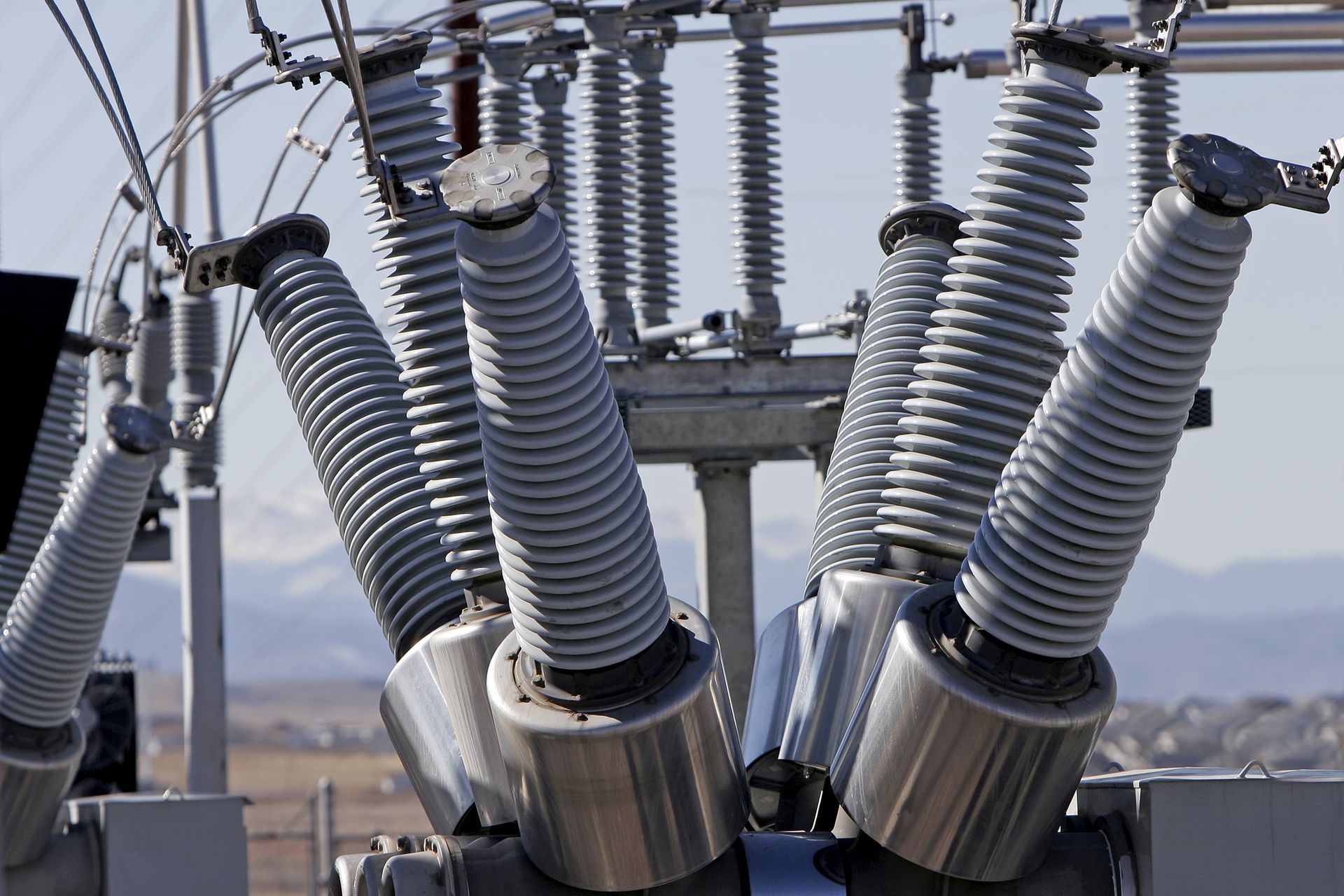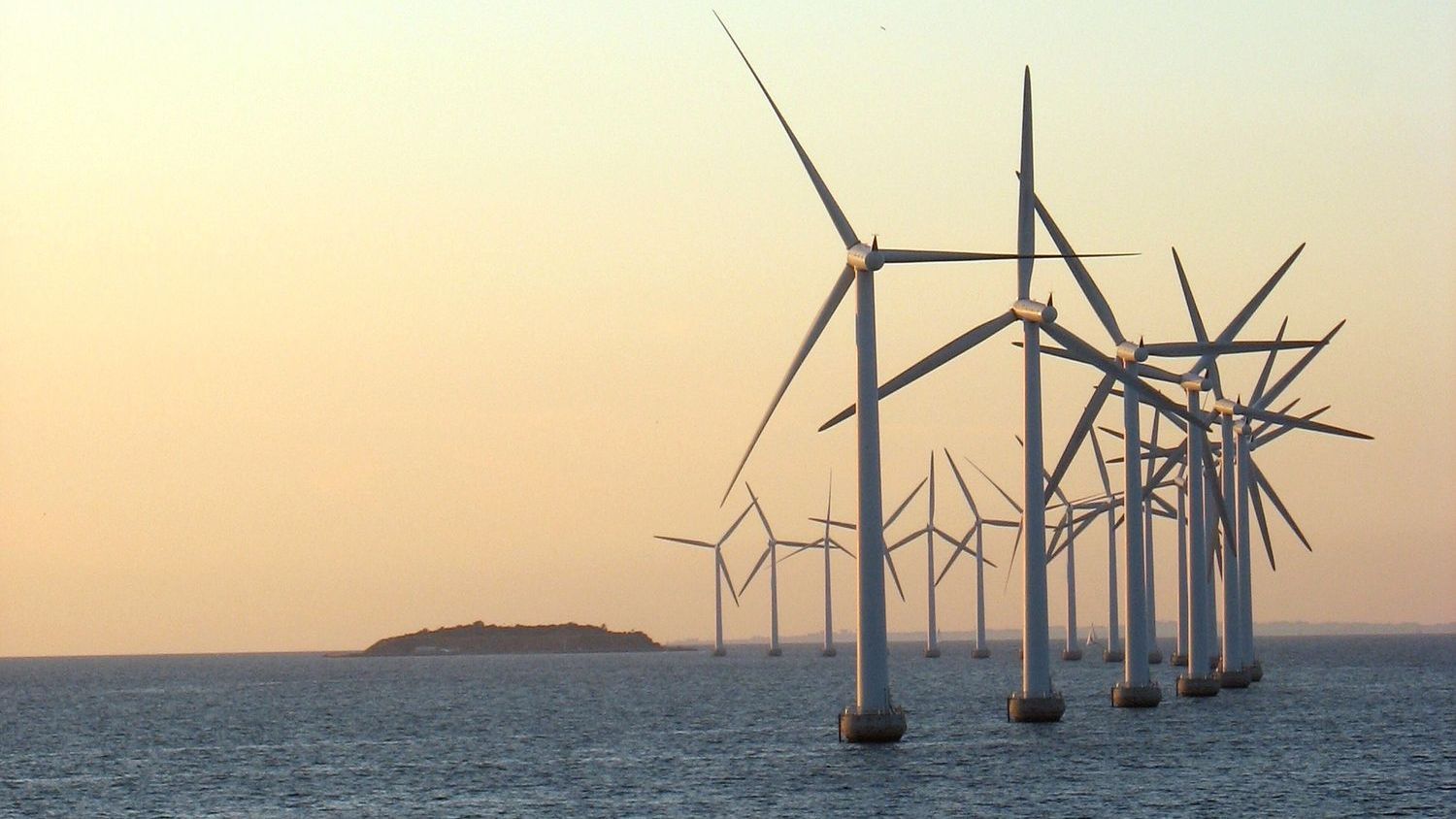Modeling Transmission Expansion in U.S. Net Zero Electricity Expansion Scenarios
The call to expand the U.S. transmission system to achieve massive greenhouse gas reduction goals is widespread. Electricity expansion studies that achieve net zero emissions on paper find feasible and least cost expansion generation and transmission expansion plans that do so with little if any, increase in electricity prices.

The call to expand the U.S. transmission system to achieve massive greenhouse gas reduction goals is widespread. Electricity expansion studies that achieve net zero emissions on paper find feasible and least cost expansion generation and transmission expansion plans that do so with little if any,increase in electricity prices. These same studies expand the existing transmission system by 2 to 3 times in 15-25 years toachieve net zero goals.
One question is whether these studies include sufficient modeling of alternating current transmission flows, intra-regional constraints, demand-side management, microgrids, and grid-enhancing devices. Another question is do they capture the “siting-related difficulties” of transmission planning. Both questions go to the heart of whether such findings are both feasible and least-cost.
A terrific webinar by Bret Sumner, hosted by ESIG, walks through a long list of such siting issues, including federal statutes such as the National Environmental Policy Act, Endangered Species Act, National Historic Preservation Act, and the Clean Water Act; county and local siting, condemnation, compensation, and authorities and processes; federal and state permitting overlap, restrictions, and resource plans that limit development on federal and state lands, checkerboard land ownership and split surface and subsurface land rights; Tribal ownership; and wildlife restrictions on construction. This list does not do justice to Bret’s 2021(or thereabouts) presentation: https://www.youtube.com/watch?v=p528pDLjlMo.
As the next round of electricity expansion modeling occurs, modelers should consider, if not already doing so, enhancing these models’ capabilities along these two dimensions of better modeling alternating current flows and siting challenges. Furthermore, policymakers should press for consideration of viable alternatives that do not push the limits of what may be doable with new transmission.






